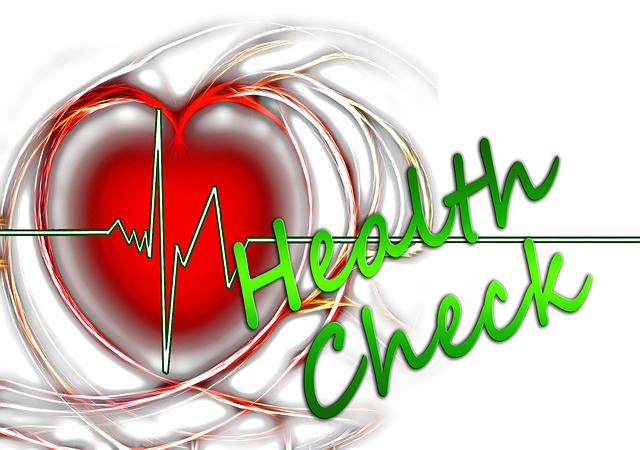Blood Pressure Facts And Statistics
High and low blood pressure facts , statistics
Blood pressure facts listed in this article summarize some of the main highlights associated with blood pressure be it high blood pressure or low blood pressure.
High Blood Pressure statistical Facts

Low Blood Pressure Facts
- Low blood pressure affects by far much fewer people compared to high blood pressure.
- Doctors do not readily agree on what blood pressure reading represent abnormally low blood pressure. Numbers alone are not enough to diagnose abnormally low blood pressure.
- Low blood pressure is diagnosed with reference to the manifestation of specific symptoms.
- Causes of low blood pressure include pregnancy and use of specific medications with have side effects. Loss of blood and surgery are also possible reasons for low blood pressure.
- Dieting to lose weight may also lead to low blood pressure in some young women.
- Climate related heat may cause low blood pressure
- Low blood pressure causes dizziness and lightheadedness as part of its symptoms as it limits the amount of blood flowing to the brain. This reduces oxygen supply to the brain causing the indivdual to feel dizzy and lightheaded and even have blurred vision.
- Untreated low blood pressure leads to shock, coma and even death.
- Women with low blood pressure in pregnancy may be treated using a little more salt above the normal in their diet.
Blood Pressure Facts for Kids

- Children have lower blood pressure than adults. This is
because their bodies are smaller and still maturing.
- The most commonly
found form of hypertension in children is secondary hypertension.
Secondary hypertension is high blood pressure whose causes are known.
When the causes of a hypertensive condition are unknown it is classified
as primary essential hypertension.
- In children causes of high blood pressure include underlying medical factors such as heart disease, kidney disease, diabetes and other chronic diseases and allergies. If the underlying medical conditions are resolved, often the high blood pressure condition goes away.
- In children routine blood pressure measurement should begin at 3
years of age. Even then using the correct cuff size is of great
importance. Correct cuff size depends on arm size.
- Blood pressure should
be measured by auscultation which is the Gold Standard. It is measured
on the right arm of a relaxed seated child. You may measure using an
automated blood pressure monitor.
However if blood pressure is high repeat by auscultation.
- In children, diastolic hypertension rarely occurs without systolic hypertension.
Return To Hypertension Guidelines From Blood Pressure Facts And Statistics
Return To Hypertension Home From Blood Pressure Facts And Statistics
Disclaimer
Information contained on this website is not meant to replace your doctor's advice.
(c) All Rights Reserved. 2010-2018
If you find that your blood pressure increases each time you visit a doctor, you are generally not to worry. This is known as white coat syndrome sometimes refereed to as white coat hypertension.




